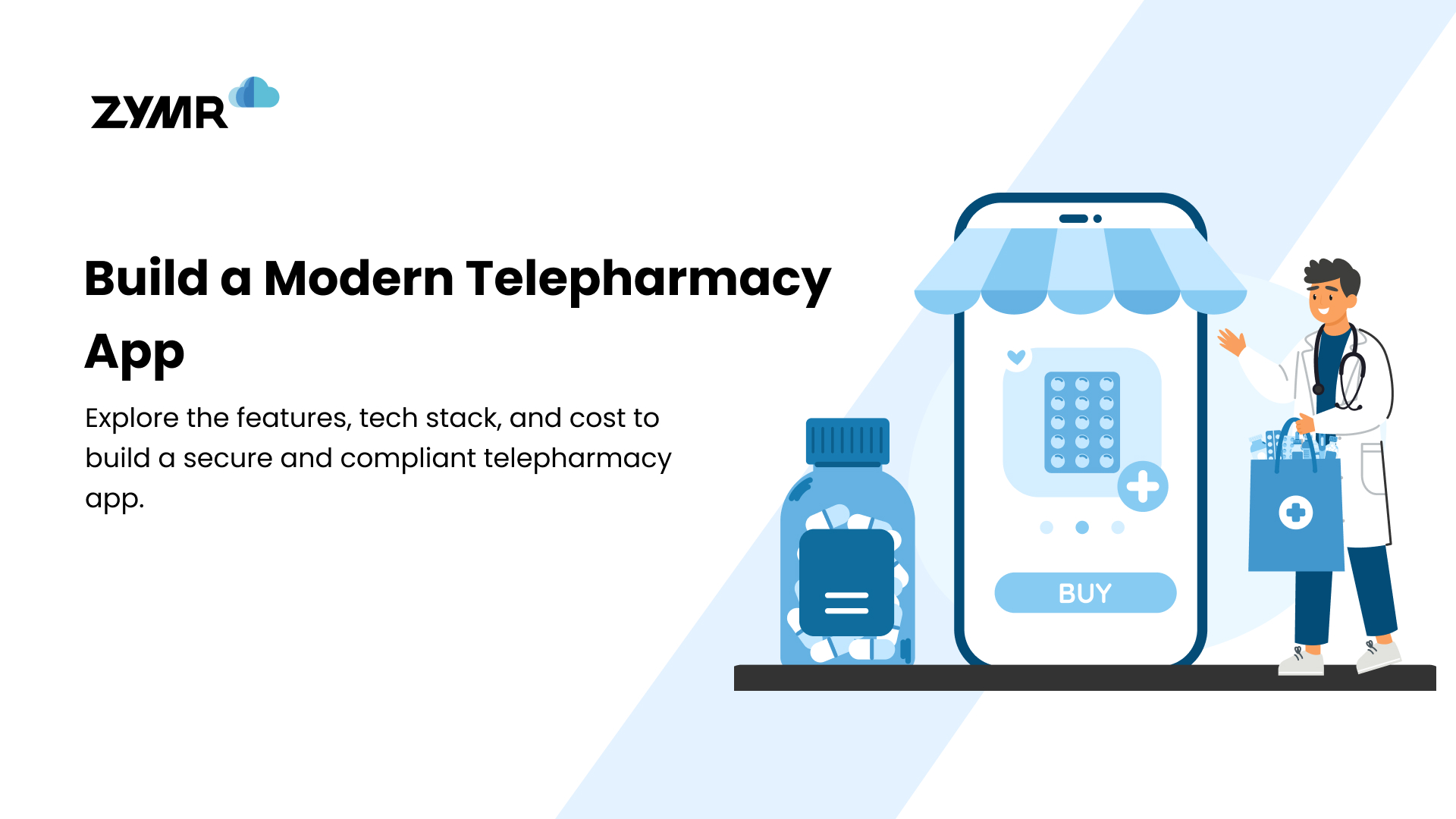The retail industry is being dominated by factors that reflect evolving consumer preferences, technological advancements, and competitive dynamics of the retail landscape. With the widespread adoption of smartphones and the internet, consumers are increasingly engaging with brands and purchasing online. Such demand for convenience and efficiency in shopping experiences is encouraging omnichannel strategies that ensure a seamless shopping journey. The emergence of AI/ML has also paved the way for personalization, immersive experiences, and data-driven decision-making.
With these observations in mind, our retail experts offer some significant trends to look for in the 2024 retail industry. Let us have a look.
1. The Rise of Hyper-Personalization:
Retailers are recognizing the power of advanced AI and machine learning algorithms. Current market trends show that consumers expect personalized shopping experiences. This means that in 2024, retailers will employ these technologies to provide individualized product recommendations, pricing, and promotions, ultimately fostering customer loyalty. Experts in AI-driven customer data platforms and recommendation engines will play a pivotal role in achieving this level of personalization.
2. Transparent Supply Chains
Transparency in the supply chain is becoming a significant selling point for consumers. The current market demands greater authenticity and trust. Retailers are realizing the potential of blockchain technology in providing a transparent and efficient supply chain. As a result, blockchain platforms like Ethereum and Hyperledger are being explored to ensure product authenticity and reduce fraud. Experts in blockchain technology and supply chain management will be in high demand.
3. Contactless Payment Expansion
The market has witnessed a significant increase in the adoption of contactless payment methods, a trend accelerated by the COVID-19 pandemic. Retailers have observed the convenience and safety of contactless payments. To accommodate this trend, 2024 will witness retailers investing in NFC technology and payment gateways. Mobile wallets like Apple Pay, Google Pay, and Samsung Pay will become even more essential for in-store and online transactions.
4. AI-Driven Visual Merchandising
Observations in the current market indicate the growing importance of optimizing store layouts and product placements for maximum sales impact. AI-driven visual merchandising tools are being recognized as valuable assets for retailers. To implement this, retailers will need AI-based analytics platforms and tools for tracking customer interactions with store displays. Experts in AI-driven store optimization and customer behavior analytics will be highly sought after.
5. Sustainability as a Selling Point
Sustainability is not just a trend; it's a customer expectation. With an insistence from customers for eco-friendliness, Retailers are are actively adopting sustainable practices. The need for sustainability is leading to the adopting of sustainable supply chain management tools and eco-labeling software. Thus, in 2024, sustainability experts and tools will be critical for retailers to communicate their eco-friendly efforts effectively.
6. Robust Data Security and Privacy Measures
The surge in data-driven retail necessitates robust data security measures. Cybersecurity breaches are prevalent, and consumers are more concerned about data privacy than ever. Retailers are recognizing the importance of advanced security measures, including AI-driven threat detection systems and data encryption tools. Experts in cybersecurity and data protection will be crucial for safeguarding customer data and maintaining trust.
7. AI Chatbots as Shopping Assistants
AI-driven chatbots have been steadily improving customer support and service efficiency. Retailers have noticed the value of AI chatbots in addressing routine queries and tasks. In response, retailers will need to implement advanced chatbot platforms and NLP tools. Experts in chatbot development and NLP will play a significant role in delivering efficient and round-the-clock customer service.
8. D2C and Micro-Marketplaces on the Rise
The direct-to-consumer (D2C) model is gaining momentum, with brands looking to establish their online presence. Current market trends show that brands are seeking independence from traditional retail channels. As a result, retailers will need robust e-commerce platforms, payment gateways, and marketing tools to support D2C efforts. The rise of micro-marketplaces and niche platforms will lead in 2024 to competition for retailers, requiring innovative strategies and technologies.
9. Data-Driven In-Store Analytics:
Retailers are focusing on optimizing in-store operations and customer experiences. The current market emphasizes the importance of gathering insights into customer behavior, foot traffic, and product performance. Retailers are actively adopting tools such as beacons, RFID technology, and data analytics platforms to understand customer behavior better and optimize store layouts and marketing strategies. Experts in in-store analytics and data-driven decision-making will help retailers achieve profitability and operational efficiency.
Conclusion
The retail industry is in the midst of a transformation driven by evolving consumer preferences, technological innovations, and an increasingly competitive landscape. With smartphones and the internet at the forefront, consumers demand convenience and efficiency in their shopping experiences. Retailers and technology experts should prepare to adapt and innovate in this dynamic and customer-centric industry.
FAQs
>
>
>
>
>
Have a specific concern bothering you?
Try our complimentary 2-week POV engagement
Our Latest Blogs









.svg)
.svg)
.svg)
.svg)
.svg)
.svg)
